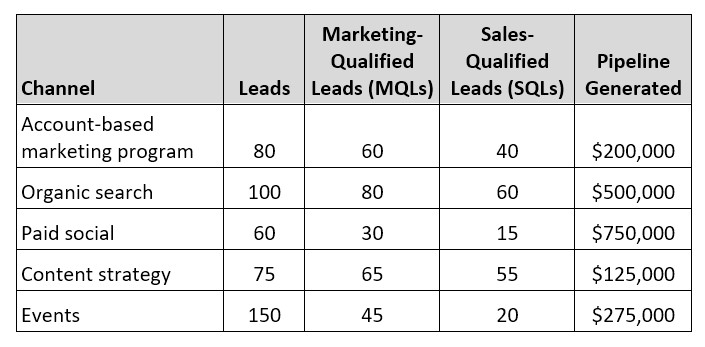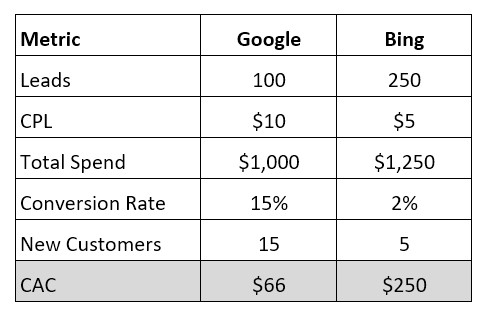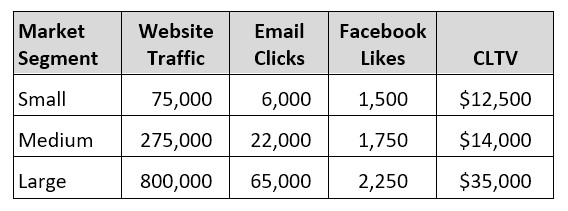"There's nothing so useless as doing efficiently that which should not be done at all." —Peter Drucker
In our increasingly data-driven business environment, marketing leaders and data analysts frequently collaborate to build dashboards full of metrics to guide their spend, channel management, and strategies for the year.
Unfortunately, most teams end up tracking outmoded metrics that don't pertain specifically to Marketing's key performance indicators (KPIs), or that don't offer meaningful insight into Marketing's contribution to growing pipeline and revenue.
Marketing teams need to be agile and lean to bring the most value possible to the wider organization, so they don't have time to track metrics that don't bring value. Here are a few examples of marketing metrics that are ready to be retired, and suggestions for better metrics to replace them.
Useless Marketing Metric #1: Leads
Leads—whether raw, Marketing-qualified, or Sales-qualified—are a worthless metric for small businesses to track in isolation, or even in conjunction with several other metrics.
Marketing form-fills equate to nothing more than nascent interest, and they are just the start of a prospect's journey. Leads gained from those forms can be misleading if you don't watch where the dollars start to trickle down.
What to try instead: Pipeline dollars per channel
Why it's better: Rather than monitoring an arbitrary number of leads per day that may or may not convert, tracking pipeline dollars per channel enables you to see how the dollars you invest are contributing to the real bottom line—revenue.
Consider the table below. Which column will get the attention of leadership?

Useless Marketing Metric #2: Cost per Lead (CPL)
Tracking CPL is a great way to throw money at cheap lead sources. Sure, you're probably tracking close/won conversions along with it, but that's not the whole picture. You also need to understand how much it costs to acquire new customers, and CPL and conversion rates are only part of that equation.
What to try instead: customer acquisition cost (CAC)
Marketing + Sales Cost / # of New Customers = Customer Acquisition Cost
Why it's better: Regardless of the cost or conversion rate, leads bring no value to the organization until they've converted. We're looking for the true cost to acquire a new customer, balanced against the revenue over the customer lifetime.
Consider this sample comparison of leads from Google and Bing. In this case, looking only at CPL might lead to an uninformed decision regarding channel optimization.

Useless Marketing Metric #3: Vanity Metrics
Although email clicks, website bounce rates, and page-one keyword rankings can be meaningful to the marketing team for optimizing programs, there's no point in spending time on "interesting" tidbits such as Facebook Likes that don't directly add to pipeline and revenue.
It's OK to keep a general pulse on some of the individual channel performance metrics, but superficial social media metrics shouldn't serve as your north star for digital marketing activities.
What to try instead: customer lifetime value (CLTV or CLV)
Average Revenue per Customer x Average Customer Lifespan = Customer Lifetime Value
Why it's better: Calculating Customer Lifetime Value as a marketing metric provides a beacon for which segments and vertical industries bring in long-term, profitable customers that add revenue. Consider this comparison that looks at vanity metrics vs. CLTV. Which provides more value?

* * *
The role of the marketing team is to attract, retain, and engage customers. That process starts with building pipeline and ends with closed revenue from marketing strategies, programs, and activities. Keeping track of the right marketing metrics is critical—especially for lean, efficient teams.
More Resources on Marketing Metrics
Advanced Measurement Strategies: Metrics That Actually Matter
Close the Marketing Performance Gap: How to Start Delivering on the Most Important Metrics




